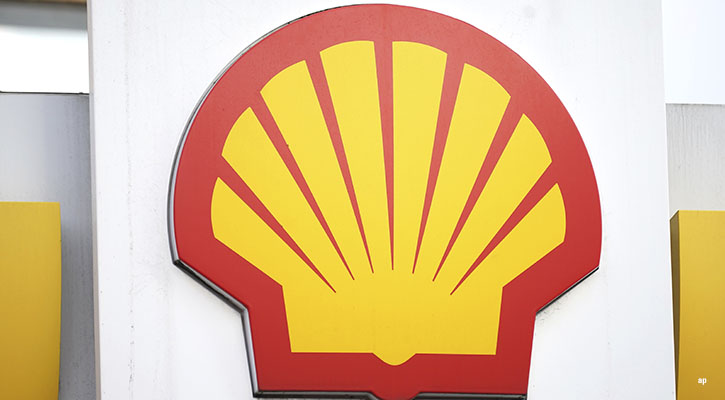Industrials
Overall we expect credit quality to continue to improve in the industrials space. Most industries within this sector have continued to see steady recoveries from the cyclical bottoms of last year, generating meaningful free cash flow. We expect third-quarter earnings to be fairly robust overall, which could result in further credit spread tightening.
That said, the strength we saw earlier this year appears to be moderating based on our forward indicators, and we expect to see growth rates moderate starting in the fourth quarter. Also, auto sales appear to be stabilising after a sharp improvement earlier in the year, as the industry laps tough Cash for Clunker comparisons. Even so, OEMs such as Ford (F BB) and suppliers such as TRW (TRW: BB+) and Tenneco (TEN: BB-) have continued to generate impressive free cash flow and pay down debt.
Sales declines have moderated in the homebuilding space, but the timing of a recovery is far from certain. More positively, railroads continue to show impressive recovery in volume, and the airline space continues to look strong compared with recent history. Airlines will benefit from the completion of the Continental-United merger, which could result in further capacity reduction and lower competition. The aerospace suppliers to this industry also should continue to benefit from a stronger airline sector. Their defence brethren, however, face gradual tightening in Department of Defence spending, and thus we are particularly cautious on this sector. We have seen several announcements of portfolio readjusting among defence firms, including division sales at Northrop (NOC: A) and BAE Systems (BA.: A-), as well as internal restructurings at Boeing (BA) and Lockheed (LMT: A+).
We thus expect M&A activity to ramp up, along with increased share repurchases as companies focus on maintaining EPS growth. In general, we expect M&A among industrials firms to increase. However, we expect deals to largely be in line with our expectations and manageable from a free cash flow perspective, such as Emerson's (EMR A+) recent $1.5 billion purchase of Chloride, United Technologies' (UTX: A+) recent $1.8 billion acquisition of GE's security business, and 3M's (MMM: AA) recent spree of purchases exceeding $1 billion. Thus, we don't expect transactions will impair credit quality.
Overall, industrial companies continue to enjoy very strong balance sheets, impressive free cash flow, and improved margins after cost-cutting during the recession.
Technology
Cash is turning into the enemy across the technology sector. Record-low interest rates have pressured firms to either deploy cash, which the industry notoriously hoards, or borrow money to fund acquisitions, buybacks, and dividends. The blurring lines between several IT domains--software/hardware or networking/storage/computing, for example--have further fuelled the technology acquisition binge. We expect the acquisition trend will continue as rivalry between tech giants escalates and these firms strive to offer customers end-to-end solutions.
Hewlett-Packard (HPQ: AA-) and Intel (INTC: AA) are clearly leading the acquisition charge. HP dropped nearly $4 billion on two deals in rapid succession, beating out Dell (DELL: A+) in a bidding war for data storage vendor 3Par and quickly following with the purchase of security software firm ArcSight. Intel, a key HP supplier, kicked off the push among large tech firms into the security software market, dropping more than $7 billion on McAfee. The chip giant followed that move with a more traditional deal, spending $1.4 billion on Infineon's wireless chip business.
Both HP and Intel still have plenty of cash at their disposal, spending about a quarter and a third of available reserves, respectively. Of the two, HP seems likely to remain particularly active. Oracle's (ORCL: AA) addition of dispatched HP CEO Mark Hurd to its executive ranks recently clearly signals the software giant's commitment to the hardware business and likely foreshadows additional acquisitions to come. We'd expect other tech conglomerates--such as Dell, Cisco (CSCO: AA), and IBM (IBM: AA-)--will also remain in the hunt for deals to keep pace.
Cisco made the biggest splash in terms of returning cash to shareholders with plans to institute a dividend at some point in the next year. The firm's targeted yield (1%-2%) implies a payout of up to $2.5 billion annually, a pittance relative to its $40 billion cash stake and $9 billion in free cash flow generated during fiscal 2010. Still, the move leaves only Apple (AAPL) among big tech's dividend holdouts.
Rumours have also swirled that Microsoft will issue as much debt as possible while still retaining its AAA credit rating, using cash to increase its dividend and share repurchases. Not to be left out, despite its rash of acquisition spending, HP further committed $10 billion to its share repurchase plan. Other notable firms that have announced major dividend increases or buybacks include KLA-Tencor (KLAC: A+), a top bond pick that upped its dividend 67%, and Texas Instruments (TXN).
As long as rates remain low--and the cost of holding cash thus remains high--we'd expect tech firms to continue putting cash to work. We remain on the lookout for firms that are overreaching in this regard. Given the rock-solid balance sheets most firms in the industry enjoy and the nice rebound in cash flow many have posted over the past year, there's a lot of room for activity without meaningfully altering the industry's financial profile.
Utilities
In the near term, we expect credit quality to improve among utilities as third-quarter earnings will benefit from a demand surge as a result of record hot summer temperatures throughout most of the country coupled with an improvement in industrial demand. This anticipated strength in earnings could result in further credit spread tightening in the fourth quarter.
As a result of low rates and tight spreads along with robust demand for investment-grade paper, we note that issuance has been very strong in the third quarter, with approximately $15 billion of utility issuance in September alone. As an example, in early September Pacific Gas & Electric issued 10-year notes at a 3.50% coupon, representing just a 90-basis-point spread over the benchmark 10-year Treasury note.
Even sub-investment-grade independent power producer NRG Energy (NRG) was able to issue $1.1 billion of 10-year notes in late August at 8.25%. Market conditions permitting, we expect to see this trend continue in the fourth quarter as issuers take advantage of cheap financing to lower their cost of capital.
Looking further out, we expect several earnings headwinds during the next year or two from normalised weather and an increasingly unclear demand outlook. Increasing maintenance and capital expenditures to upgrade and replace infrastructure to meet tougher environmental regulations, energy efficiency standards, and renewable energy requirements also could be intermediate-term headwinds. Finally, the robust M&A activity in both strategic and sponsor driven deals (i.e. Mirant-RRI Energy and Blackstone-Dynegy) that we have seen year to date highlight further risk for credit investors in the utilities sector.
While there may be additional upside in the near term for investors in utility bonds, we believe the downside risks outweigh upside return potential in the sector.























